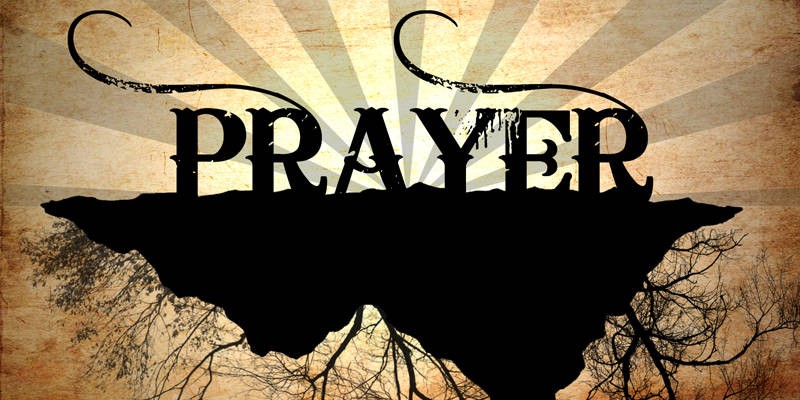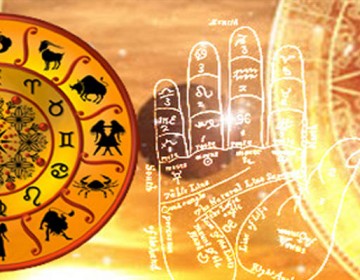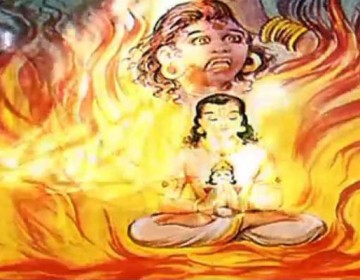There are many ways to pray: prostration, prayer, wheels, pilgrimages, kneeling in church, circumambulating all using the body. Also chanting, verbal prayers and silent or interior prayers. Different people pray in a different way. Like Austere monastic prefer the silent, interior prayers. Whether some work better than others is a matter of how you look at it. Take the example of the prayer wheel. The Tibetans live in icy cold place. Sometimes at 18000 feet above sea level. They have to engage in some sort of physical activity to stimulate the blood circulation. Hence, the rotating of the prayer wheel. Lord Jesus once said that pray ceaselessly. The Tibetans also do this by fixing somewhat bigger sized prayer wheel atop a structure or a post specially set up for this so that it catches the blowing wind and keeps on rotating day and night.
The reason for the practice of pilgrimage is quite obvious. The pious people wish to think of God. Anything that evokes the feelings of devotion for God forms part of their religious lives. From bygone times, in different countries, certain places are identified with holiness, spirituality. They become pilgrimage centre. The reason may be varied but there is a definite reason behind each place of the pilgrimage that makes the place sacred and pious. Therefore devotees throng to that place.
Kneeling in church arose out of the style of western man’s clothing. Wearing tight fitting pants and trousers one cannot sit cross legged on the floor. Also in many countries, like in u.k , Canada, they all had to use furniture like chairs, sofas , stools, benches etc. sitting down on the floo is is not physically possible or advisable in extreme cold.
Lastly, regarding why the use of the whole body, you may be interested to learn that in certain south Indian religious communities, it is obligatory to do prostration with the whole body and also circumambulation. Eight parts of the body have to be in contact with the ground.















